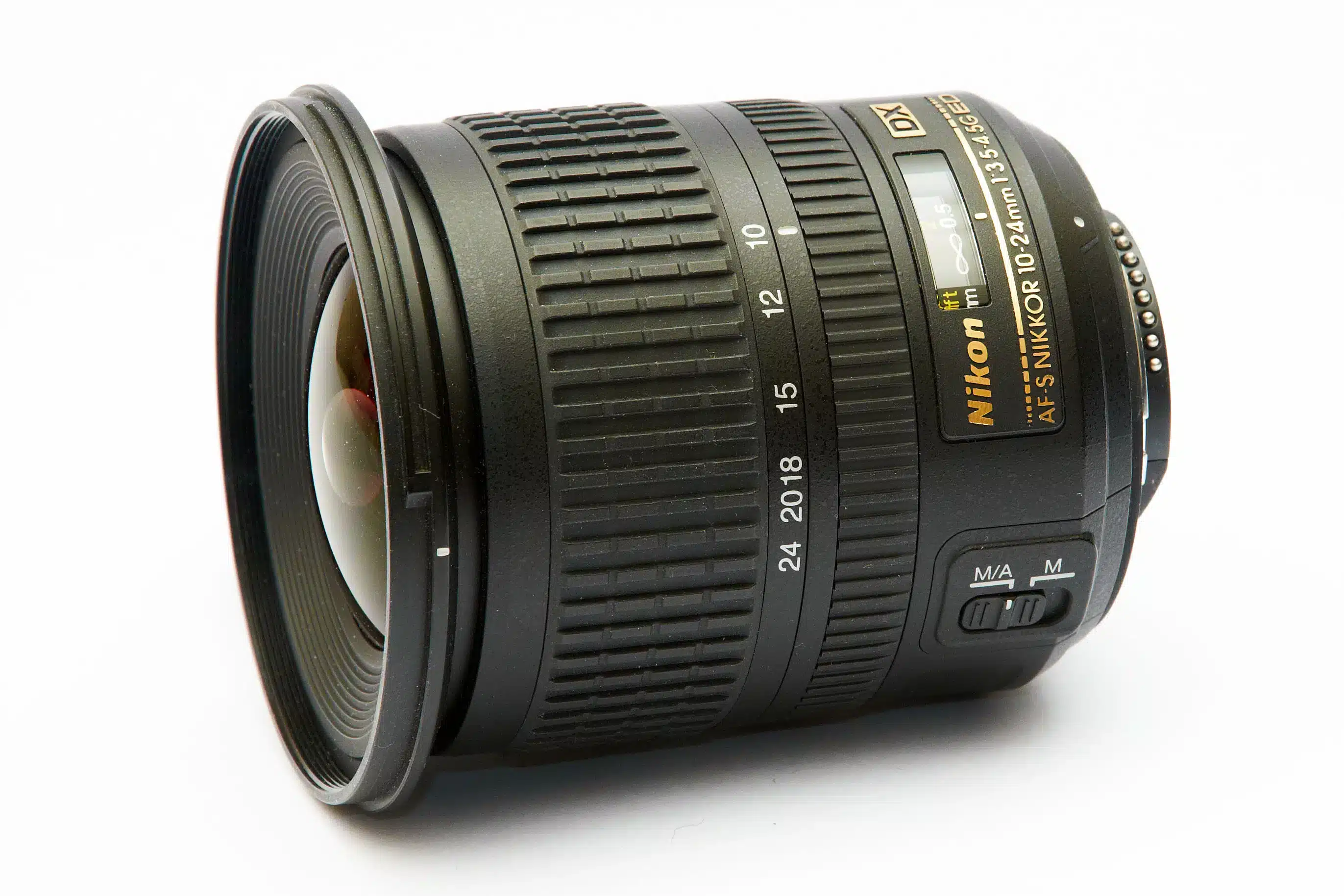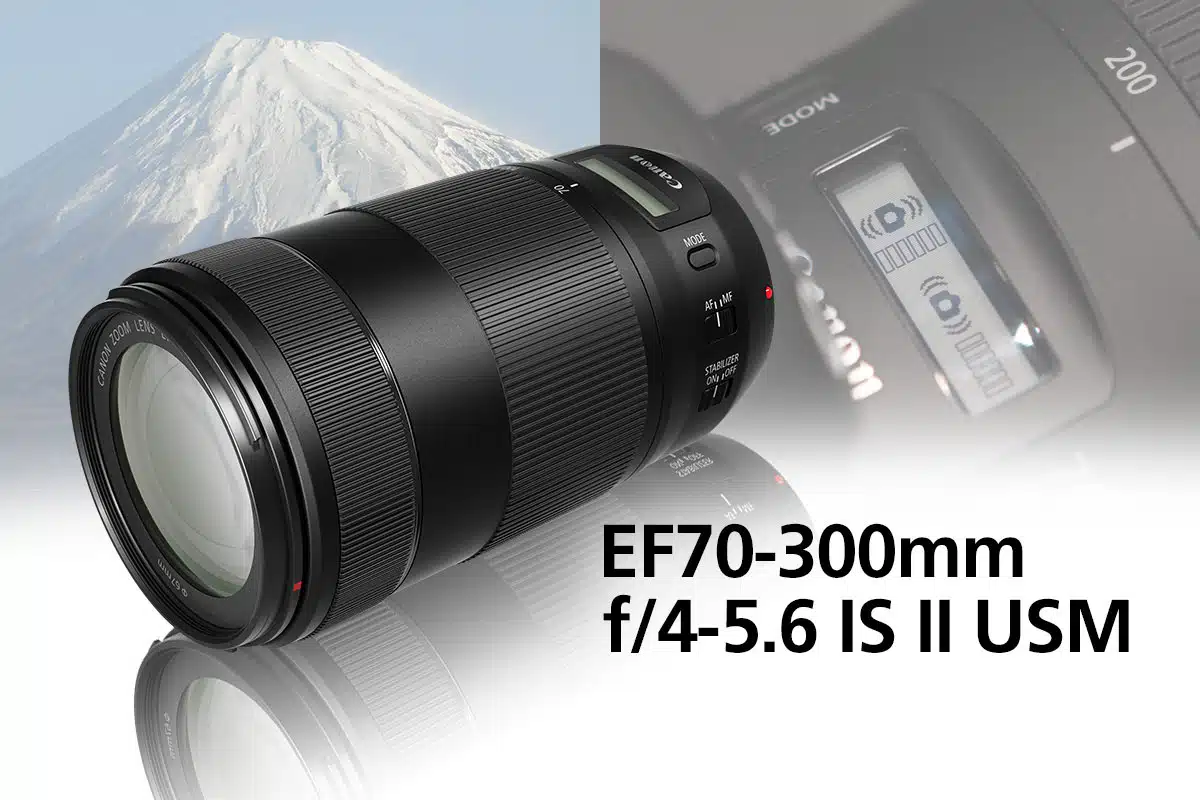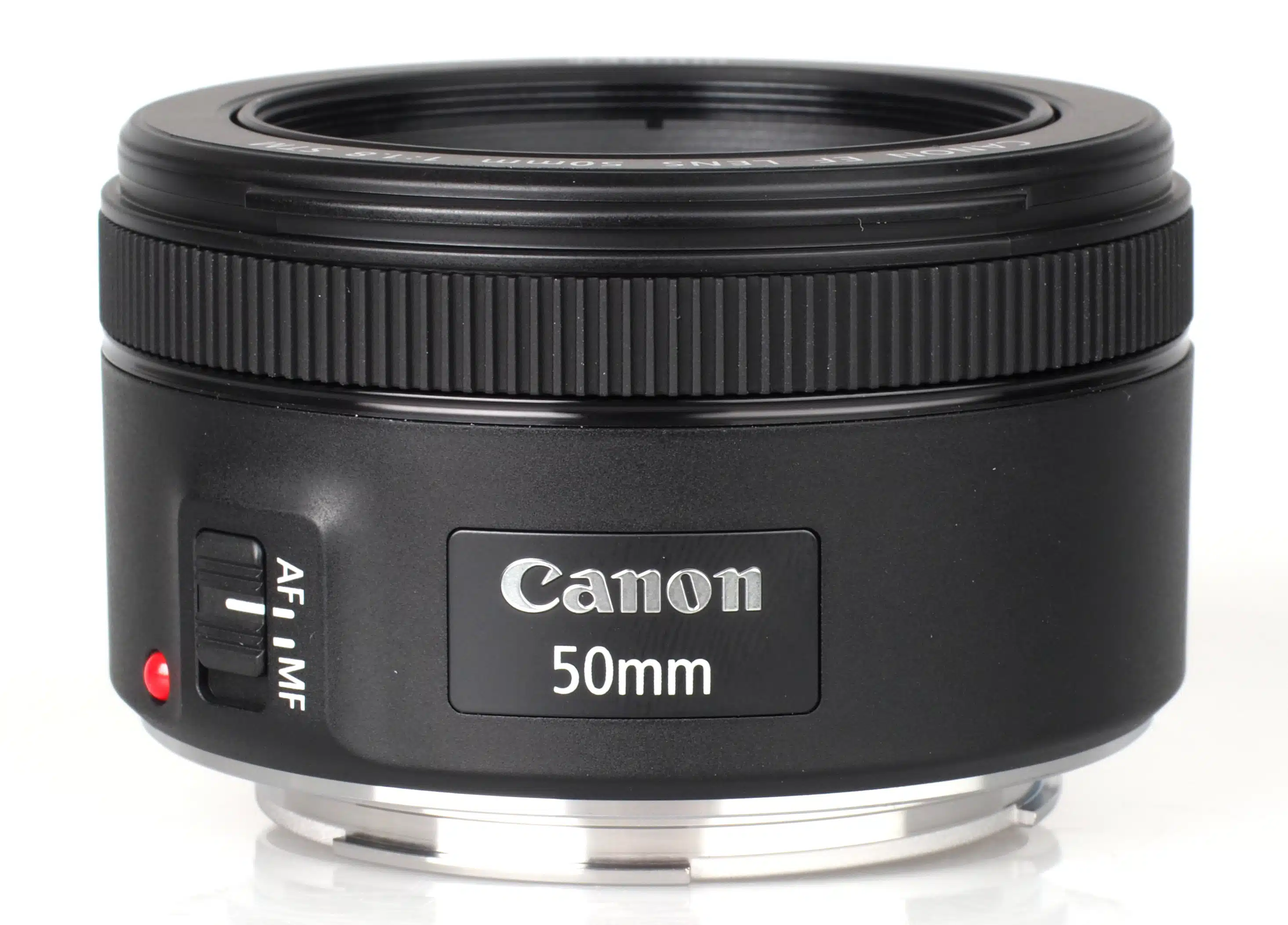Lenses are what the soul is to a body. No matter how expensive and advanced a camera body one buys, it is the lens that determines the quality of the output picture. Be it an amateur or professional photographer, the camera lens is the second most important investment they need to make.
There are a variety of lenses available, and one has to choose depending on their needs and type of environment. For example, a photographer doing sports photography would want to have a fast zoom lens, while a wildlife photographer would want a longer focal length range and hopefully something that works with teleconverters. Therefore, a clear aim of what one requires to capture their target shot is necessary when choosing a camera lens.
The First Lens
Kit lenses are the ones that are bundled with the camera when it is bought. In a way, they can be understood as a camera’s default lens. One, however, does not get to choose what lens they get. Still, this kit lens is often a great piece of optic that helps extract the most out of the camera.
Most DSLR and mirrorless camera manufacturers offer at least one 18-55mm lens in their brochures. Almost all of them make this lens for their crop sensor cameras. This versatile lens gives as effective focal length range as a 27 – 82.5mm lens mounted on a full-frame camera.
Examples: Nikon systems have a crop factor of 1.5x. On Canon systems, the focal length range becomes the equivalent of a 29-88mm lens mounted on a full-frame system.
Three Lenses Every Beginner Photographer Must Check Out
- Wide-Angle Lens
- Telephoto Zoom Lens
- Prime Lens
Wide Angle Lens
A wide-angle lens is a lens with a short focal length and a wide field of view. It is most useful for exaggerating perspective in landscape photography. These lenses elongate features and make close objects larger while further objects become smaller in the frame. Landscapes, cityscapes, and architecture are the main categories that use a wide-angle lens.
All wide-angle lenses come in fixed (wide prime) and variable (wide zoom) focal length varieties.
Examples:
In the wide-angle category, Canon currently has a line-up of wide and ultra-wide prime lenses, and wide-angle zoom lenses for both full-frame and APS-C DSLR cameras:
- Canon EF-S 10-22mm f/3.5-4.5 USM Zoom Lens
- Canon RF14-35mm F4 L IS USM Lens
- Canon RF 15-35mm f/2.8 L IS USM Lens
- Canon EF 35mm f/2 IS USM Lens
- Canon EF 28mm f/1.8 USM AutoFocus Wide Angle Lens

Nikon users have a choice of 20 wide-angle prime lenses for both full-frame (FX) and APS-C (DX) cameras, including five wide-angle zoom lenses:
- Nikon 10-24mm f/3.5-4.5G ED-IF AF-S DX Nikkor Lens
- Nikon NIKKOR Z 24mm f/1.8 S
- Nikon NIKKOR Z 20mm f/1.8 S Lens
- Nikon 28mm f/1.8G AF-S Nikkor Lens
- Nikon AF-S 18-35mm f/3.5-4.5G ED Lens

Telephoto Zoom Lens
A telephoto lens is a long-focus lens that allows photographers to utilize a focal length that is, in fact, shorter than the lens’ physical length. In simple terms, a telephoto lens has a long reach, allowing one to photograph a subject that is far away or magnifying the subject in the frame.
This comes in handy when you are taking photos of things that you can't, or don't want to, get close to. Some such situations can be wildlife photographing and sports events. The basic difference between a Telephoto Zoom and a simple Zoom lens is that a Zoom lens has a variable focal length and is used for dynamic photography while a telephoto lens has a fixed focal length of greater than 50mm and is used for static photography.
Short Telephoto Lenses (85mm - 135mm): These are ideal for shooting portraits and candid shots (for example at weddings), where you are quite close to the subject but don't want to intrude too much.
Medium Telephoto Lenses (135mm - 300mm): These lenses are popular with sports and action photographers who can get quite close to the action, for example standing on the sidelines.
Super Telephoto Lenses (300mm+): Most amateur photographers will not need a telephoto lens with such a long focal length, but they are a popular choice among professional wildlife and nature photographers, although they can be extremely expensive.
Examples:
- Canon EF 70-300mm f/4-5.6 IS II USM
- Sigma 70-200mm f/2.8 DG OS HSM | S
- Canon RF 70-200mm f/2.8L IS USM
- Nikon AF-P 70-300mm f/4.5-5.6E ED VR
- Sigma 70-200mm f/2.8 DG OS HSM | S
- Half the price of its Nikon equivalent and perfect for full-frame Nikon DSLRs
- Fujifilm XF50-140mm f/2.8 WR OIS

Prime Lens
A prime lens is a fixed focal length photographic lens, typically with a maximum aperture from f2.8 to f1.2. Thus, these lenses do not allow zoom in or zoom out. Being able to shoot at a fast/wide-open aperture also allows the shooter a more shallow depth of field. Another big bonus of using prime lenses is that they're usually 'faster. This means they have a larger maximum aperture, which enables quicker shutter speeds. Also, Prime Lenses are fairly affordable!
A prime lens is essentially used to capture a portrait, an urban scene, and even a moody landscape.
Examples:
- Canon EF 50mm f/1.8 STM
- Canon EF 50mm f/1.4 USM
- Nikon AF-S 50mm f/1.8 G
- Nikon AF-S DX Nikkor 35mm f/1.8G
- Nikon AF-P DX Nikkor 10-20mm f/4.5 – 5.6G VR
- Tamron 70-300mm f/4-5.6 Di LD
- Sony 50mm f/1.8DT

Conclusion
The right lens will give beginner photographers an added hand when out for photography missions. A little cheat sheet can go like this: to capture portraits, invest in a prime lens. When shooting landscape photography, then a wide-angle lens is the best bet. And for wildlife and sports event, nothing will beat a telephoto lens. The outcome of the photography will depend on the selection of the right lens at the right moment.
Happy Capturing!




















